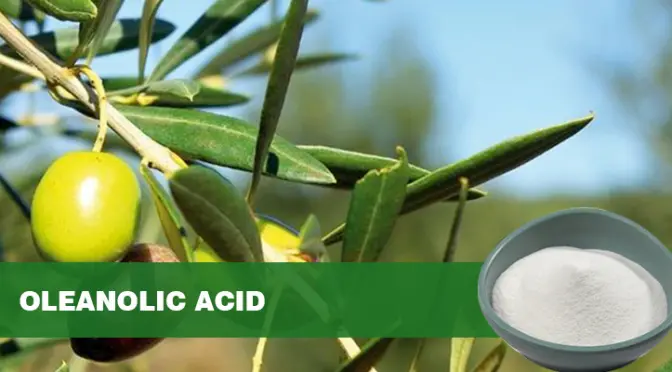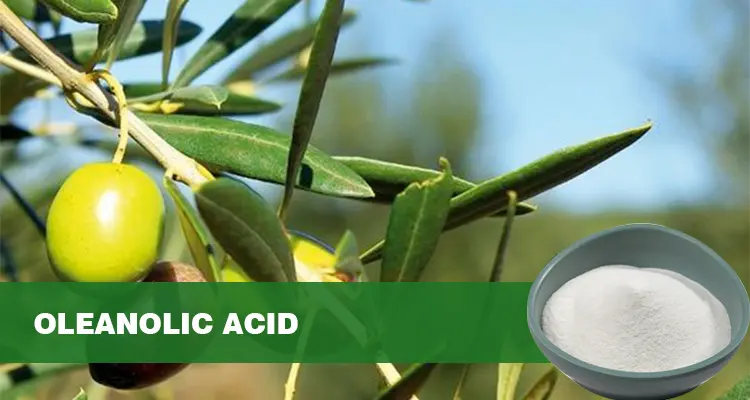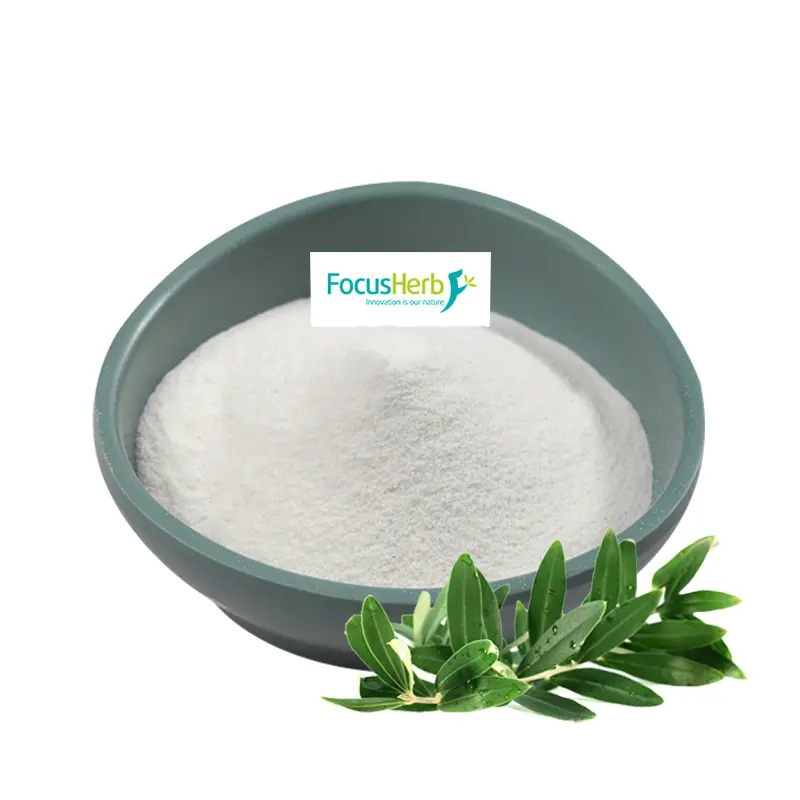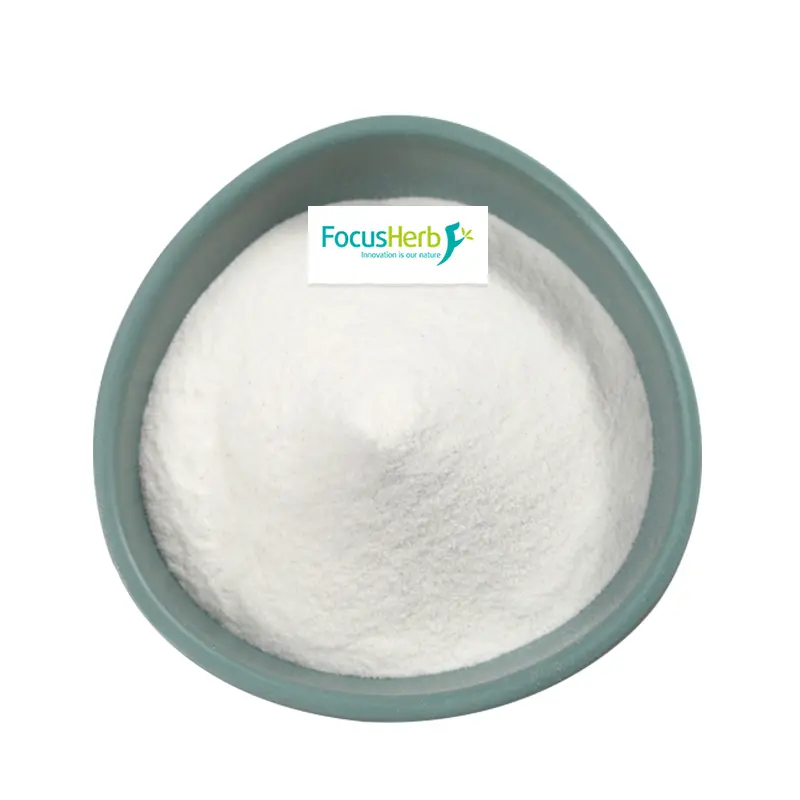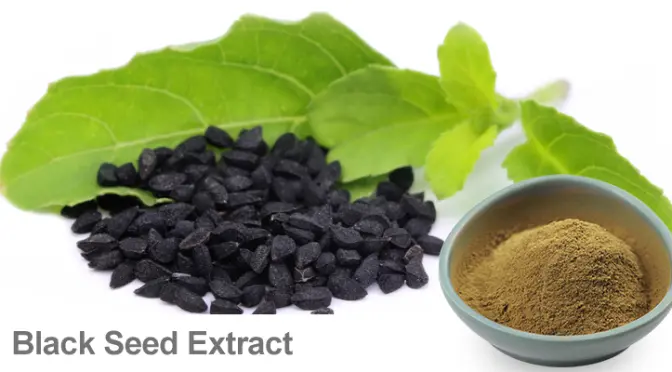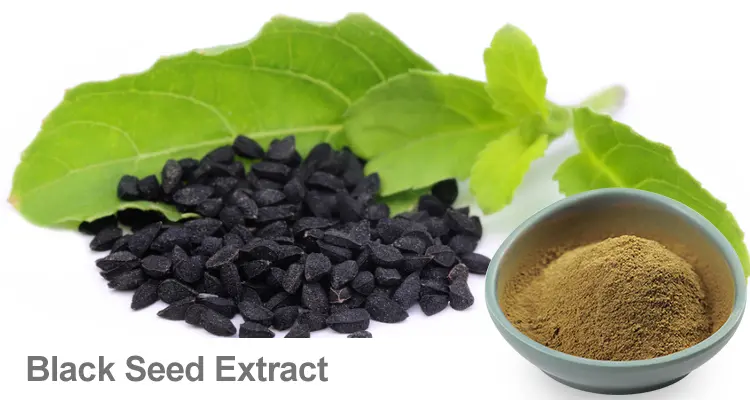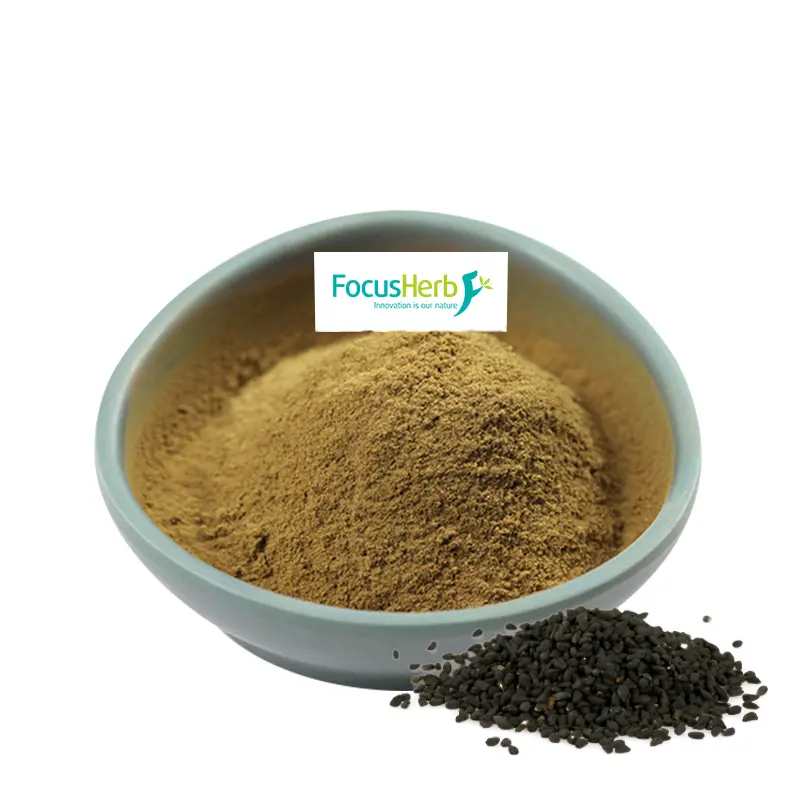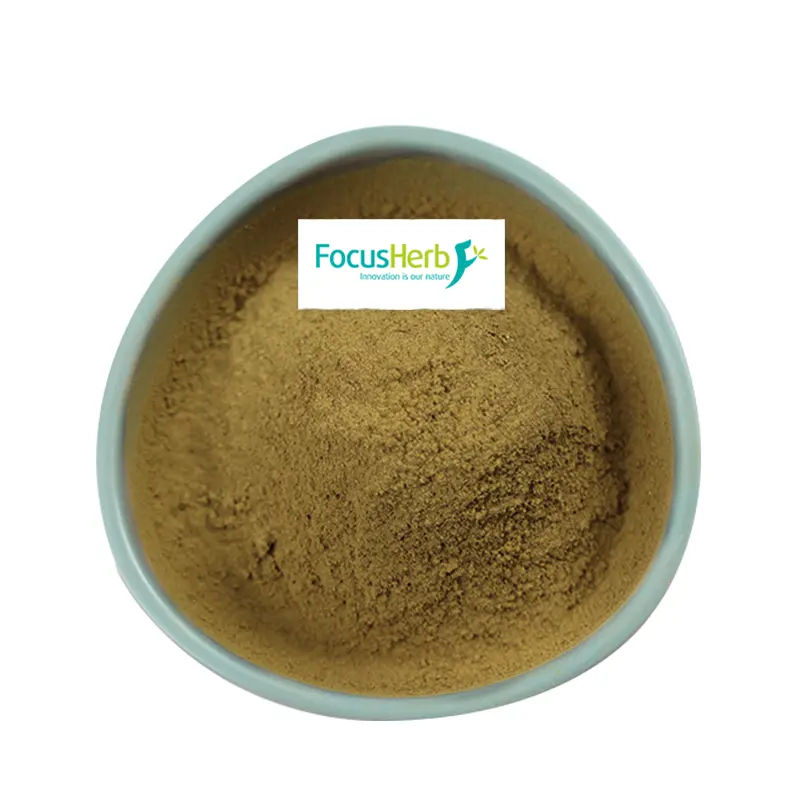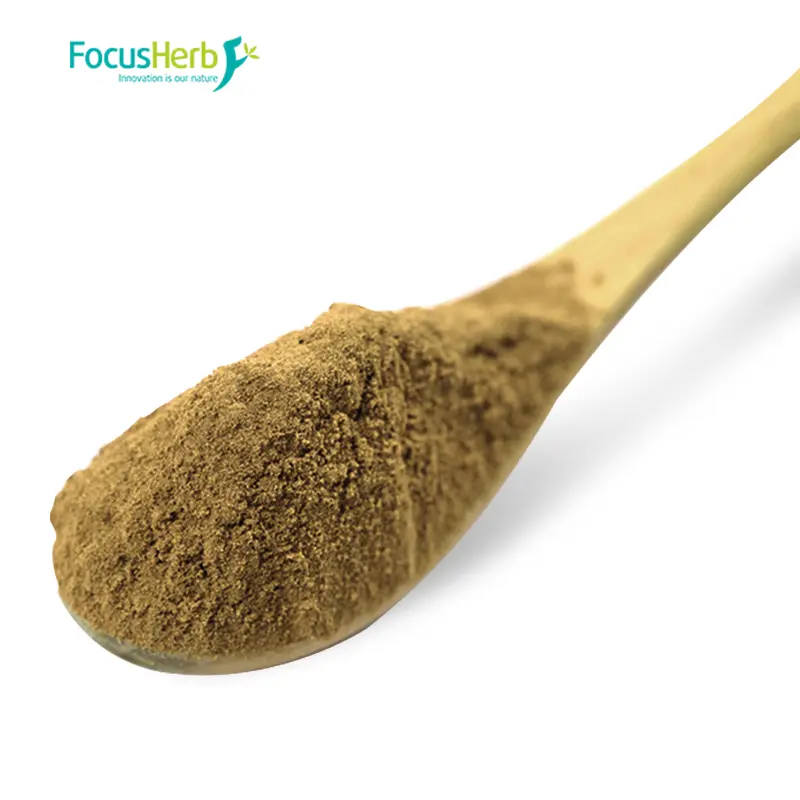Within the microscopic world of our bodies, cells constantly carry out complex and orderly metabolic activities, a process that relies on oxygen. However, like a coin with two sides, while oxygen provides cells with energy, it also produces some unruly byproducts—reactive oxygen species (ROS), including superoxide anions and hydroxyl radicals. Under normal circumstances, cells possess a sophisticated antioxidant defense system that maintains a dynamic balance between ROS production and clearance, ensuring normal cellular function. However, when the body is attacked by adverse external factors, such as long-term exposure to environmental pollution and ultraviolet radiation, severe mental stress, or unhealthy lifestyle habits such as staying up late, smoking, excessive alcohol consumption, and an unhealthy diet, this balance can be disrupted, leading to excessive accumulation of ROS within cells.
Excessive ROS are extremely chemically active, acting like a swarm of rampaging “little demons,” attacking various biological macromolecules within the cell. Lipids are the first to be affected. Cell membranes are primarily composed of lipids. ROS react with lipids in a peroxidative reaction, disrupting the structural integrity of the cell membrane. The previously stable and orderly phospholipid bilayer becomes riddled with holes. This not only affects the cell membrane’s selective permeability, leading to an imbalance in the exchange of substances inside and outside the cell, but can also disrupt cellular signaling. Proteins are also vulnerable. ROS attack the amino acid residues of proteins, altering their spatial structure and rendering many enzymes inactive. Once enzymes involved in key physiological processes such as cellular metabolism, synthesis, and signaling are deactivated, normal cellular metabolism is disrupted. More seriously, ROS can directly affect the cell’s genetic material, DNA, causing DNA strand breaks, base modifications, and gene mutations. This is like scribbling on the cell’s “blueprint of life.” If the repair mechanism cannot correct these errors in a timely manner, it can lead to cell cancer or other serious genetic diseases.
Long-term oxidative stress can make the body like a dilapidated machine, with a variety of problems ensue. From an external perspective, skin aging is the most visible manifestation. The constant attack of free radicals on skin cells damages collagen and elastin fibers, leading to a gradual loss of skin elasticity and increasingly noticeable signs of aging, such as wrinkles, sagging, and dullness. Internally, the cardiovascular system bears the brunt of this damage. Oxidative damage triggers inflammation and lipid peroxidation, which contribute to the development of atherosclerosis. Oxidative modification of low-density lipoprotein cholesterol in the blood makes it more likely to deposit on blood vessel walls, forming plaques that block blood vessels and increase the risk of cardiovascular and cerebrovascular diseases such as coronary heart disease, myocardial infarction, and stroke. The nervous system is also severely affected. In neurodegenerative diseases such as Alzheimer’s and Parkinson’s, oxidative stress leads to nerve cell damage and death, gradually impairing cognitive and motor function. Furthermore, oxidative damage is closely linked to the development and progression of numerous chronic diseases, including diabetes and cancer, making it a silent threat to modern human health, quietly eroding our quality of life and lifespan.
Hydroxytyrosol: The Rise of a Natural Antioxidant
In the fierce battle against cellular oxidative damage, nature has provided us with a powerful ally: hydroxytyrosol. A polyphenolic compound extracted from a variety of plants, including olives and blueberries, hydroxytyrosol, while relatively low-profile in the plant kingdom, has gradually caught the attention of researchers thanks to its unique molecular structure and exceptional antioxidant properties, becoming a shining star in the antioxidant field.
Hydroxytyrosol’s molecular structure resembles a precisely designed antioxidant weapon. Its core structure is catechol, with two adjacent phenolic hydroxyl groups acting as powerful free radical scavengers, each with an exceptionally high hydrogen-donating capacity. When ROS wreak havoc within cells, hydroxytyrosol rapidly reacts with them, donating hydrogen atoms from its phenolic hydroxyl groups to the free radicals, stabilizing them by gaining electrons. Hydroxytyrosol then transforms into a relatively stable quinone compound, effectively interrupting the free radical chain reaction. This acts like a cold shower on the raging oxidative “flame,” effectively curbing the further spread of oxidative damage. This unique molecular structure endows hydroxytyrosol with exceptional free radical scavenging capabilities, making it stand out from traditional antioxidants. Research data shows that its antioxidant activity is over 10 times that of vitamin E and comparable to that of vitamin C. It performs exceptionally well in experiments scavenging a variety of free radicals, demonstrating its potent antioxidant efficacy.
In addition to its exceptional antioxidant capacity, hydroxytyrosol also boasts a significant advantage: high bioavailability. When consumed from foods or supplements rich in hydroxytyrosol, it is well absorbed in the gastrointestinal tract, enters the bloodstream, and is efficiently transported to various tissues and cells throughout the body, precisely targeting the sites of oxidative damage to exert its antioxidant effects. Furthermore, hydroxytyrosol’s low toxicity makes it safer and more reliable for use, unlike some synthetic antioxidants, which can carry potential side effects while delivering their effectiveness. It is precisely these excellent properties that make hydroxytyrosol show great application potential in many fields such as food, health products, cosmetics and even medicine. It has attracted many scientific researchers to conduct in-depth research on its mechanism of action and application value, and has become a cutting-edge research hotspot in the field of cellular oxidative protection, bringing us new hope and possibilities for fighting oxidative damage and maintaining physical health.
Multi-dimensional protection mechanism of hydroxytyrosol: precise protection from molecular to cellular level
Free radical capture: Cut off the “start bond” of the oxidation chain reaction
Free radicals, as the “initiator” of oxidative damage, have extremely active chemical properties. Once produced in the cell, they will be like a ignited fuse, triggering a series of chain reactions, causing serious damage to the normal structure and function of the cell. With its unique molecular structure, hydroxytyrosol plays a key role as a “free radical capturer” in this antioxidant battle.
In the molecular structure of hydroxytyrosol, phenolic hydroxyl groups are like “ammunition depots” that are on standby at any time, containing rich hydrogen atoms. When free radicals such as superoxide anions and hydroxyl radicals appear in the cells, hydroxytyrosol can react quickly, and its phenolic hydroxyl groups generously provide hydrogen atoms to bind to these radicals. This combination is not a simple combination, but a “neutralization” process. After the free radical obtains hydrogen atoms, its activity is greatly reduced, becoming relatively stable, and no longer has the ability to attack other molecules. After providing hydrogen atoms, hydroxytyrosol itself will be converted into relatively stable quinone compounds. This conversion process is like a clever “chemical magic”, which not only successfully eliminates free radicals, but also ensures that it does not produce new harmful substances, thus effectively blocking the occurrence of free radical chain reactions.
Numerous in vitro experiments provide strong evidence for this powerful free radical capture capability of hydroxytyrosol. In common DPPH radical scavenging experiments, after a period of reaction, the detection results were surprising: its scavenging rate of DPPH radicals is as high as more than 85%. This means that in the experimental system, most of the DPPH radicals are successfully captured and neutralized by hydroxytyrosol, causing the originally strong oxidative free radicals to lose their activity. In the experiment of induced oxidative damage with H₂O₂, when hydroxytyrosol was added to the cell culture medium, advanced fluorescence probe technology detection found that the ROS level in the cells was significantly reduced. This intuitively shows that hydroxytyrosol can efficiently remove excessive ROS in cells, curbing the onset of oxidative damage from the source, just as when a fire just ignited, it will extinguish the flame in time to avoid the spread of the fire, thereby protecting the cells from the invasion of free radicals and maintaining the stability of the intracellular environment.
Cell membrane protection: building a “antioxidation barrier” for lipid bilayers
Cell membranes, as an important line of defense between cells and the external environment, play an indispensable role in maintaining the normal physiological function of cells. It is mainly composed of phospholipids, and the unsaturated fatty acids rich in phospholipids are of great significance to the fluidity and function of the cell membrane, but it also makes the cell membrane a “weak link” in ROS attack. When ROS meets unsaturated fatty acids on the cell membrane, a dangerous chain reaction of lipid peroxidation starts quietly.
In the initial stage of the lipid peroxidation reaction, superoxide anions, hydroxyl radicals, etc. in ROS will take the lead in attacking unsaturated fatty acids, seizing hydrogen atoms from fatty acid molecules, and converting unsaturated fatty acids into lipid radicals. These lipid radicals have extremely high activity. They will quickly bind to the surrounding oxygen molecules to form peroxidized lipid radicals, which will continue to attack other unsaturated fatty acid molecules, and thus repeat, forming a constantly amplified chain reaction. During this process, peroxidized lipids will further decompose, producing a series of toxic products, among which malondialdehyde (MDA) is a representative harmful substance. The large-scale generation of MDA will cause serious damage to the structure of the cell membrane, the originally ordered phospholipid bilayer becomes chaotic, and the fluidity of the cell membrane will drop significantly. This not only affects the normal transport function of the cell membrane to substances, making it impossible for cells to normally ingest nutrients and excrete metabolic waste, but also interferes with the signaling pathways in the cells, leading to disorders in cell functions.
Hydroxytyrosol, as the “loyal guardian” of the cell membrane, can block this dangerous lipid peroxidation process through dual mechanisms, building a solid “antioxidation barrier” for the cell membrane.
Multiple phenolic hydroxyl groups in the hydroxytyrosol molecule play a key role. These phenolic hydroxyl groups are like powerful “free radical scavengers”. When ROS rages on the surface of the cell membrane, hydroxytyrosol can quickly approach and react with it, directly providing hydrogen atoms on the phenolic hydroxyl groups to ROS, thereby neutralizing superoxide anions, hydroxyl radicals, etc., and reducing their initial attack on membrane lipids. This direct removal of ROS inhibits the initiation of lipid peroxidation from the source, just like blocking the enemy’s attack at the first time, killing the danger in the cradle.
Hydroxytyrosol can also take advantage of its fat-soluble characteristics to be successfully embedded in the lipid bilayer of the cell membrane. Once inside the cell membrane, it will closely bind to intermediate products produced during lipid peroxidation, such as lipid oxygen radicals. This binding effectively terminates the diffusion of the chain reaction and avoids large-area oxidation of membrane lipids. Because lipoxygen radicals are the key factor in the continuous progress of lipid peroxidation chain reaction, when hydroxytyrosol binds to lipoxygen radicals, it is equivalent to cutting off the “chain” of the chain reaction, making the reaction unable to continue to spread, thus protecting most areas of the cell membrane from oxidative damage.
A large amount of experimental data strongly confirms the protective effect of hydroxytyrosol on cell membranes. In the oxidative stress model, researchers found through precise detection methods that the content of the lipid peroxidation product MDA in the cell membrane treated with hydroxytyrosol has significantly reduced, with a decrease of 40%-60%, and the membrane lipid hydroperoxide level has also decreased by more than 50%. These data intuitively show that hydroxytyrosol can significantly reduce the oxidative damage of membrane lipids, maintain the structural integrity and fluidity of the cell membrane, ensure that the cell membrane can perform its physiological functions normally, and provide a stable environment for the normal metabolism and life activities of cells.
DNA and protein protection: a “molecular scalpel” that repairs oxidative damage
In the microscopic world of cells, DNA and proteins are the two “pillars” that maintain the normal function of cells. DNA, as a carrier of genetic information, accurately encodes various life activities instructions of cells, just like a detailed “life blueprint”, guiding the key processes of cell growth, division, and differentiation. Proteins are widely involved in various physiological and biochemical reactions in cells. From the synthesis and metabolism of substances to the transmission and regulation of signals, almost every cell activity is inseparable from the participation of proteins. However, when cells are threatened by oxidative stress, these two key molecules are also hard to survive and become targets of ROS attacks.
When ROS meets DNA, it triggers a series of complex chemical reactions, one of the most common forms of damage is the production of the DNA oxidation product 8-hydroxydeoxyguanosine (8-OHdG). The emergence of 8-OHdG is like leaving a wrong mark on the “blueprint of life” of DNA, which interferes with the normal replication and transcription process of DNA. During DNA replication, DNA polymerase may misidentify 8-OHdG as a normal base, resulting in base mismatch, causing gene mutations in newly synthesized DNA strands. If this gene mutation cannot be repaired in time, as the cells divide, wrong genetic information will be continuously transmitted, which may cause serious consequences such as cell carcinoma and aging.
Proteins are also severely affected by ROS. ROS attacks the amino acid residues of a protein and changes the spatial structure of the protein. The spatial structure of a protein is closely related to its function. Once the structure is destroyed, many enzyme proteins will lose their activity. For example, those enzymes involved in key steps in cell metabolism, such as hexokinases involved in sugar metabolism, lipases involved in lipid metabolism, etc., once inactivated, the energy supply and material metabolism of the cells will fall into chaos. Some proteins responsible for signaling will also be unable to transmit signals normally due to structural changes, resulting in abnormal cell responses to changes in internal and external environments, which will affect the normal physiological function of cells.
Fortunately, hydroxytyrosol can repair and protect damaged DNA and proteins like an accurate “molecular scalpel”.
Hydroxytyrosol exhibits strong protection against oxidative damage. It can reduce the attack on DNA by inhibiting the activity of DNA oxidase, thereby reducing the production of oxidative products such as 8-OHdG. It was like putting on a layer of “protective clothing” for DNA, preventing further damage to ROS. Hydroxytyrosol can also regulate some repair mechanisms in cells and promote the repair of damaged DNA. It can activate the activity of certain DNA repair enzymes, allowing cells to timely identify and repair damage sites on the DNA strand, ensure the accuracy and completeness of genetic information, and maintain the normal genetic function of cells.
In terms of protein protection, hydroxytyrosol also has a unique mechanism of action. It regulates the expression of heat shock protein (HSP). Heat shock proteins are an important class of proteins in cells. They are like the “first aid team” of cells. When proteins are damaged, HSPs can respond quickly and bind to damaged proteins, helping them restore the correct spatial structure and regain their activity. Hydroxytyrosol enhances the cell’s ability to repair damaged proteins by upregulating HSP expression. For those severely damaged proteins that cannot be repaired, hydroxytyrosol also promotes their degradation and prevents these oxidative protein aggregates from accumulating in the cells. Because oxidative protein aggregates not only occupy space in the cell and affect the functions of other normal proteins, they may also trigger inflammatory responses in the cell, further damaging cell health. By removing these “garbage” proteins in a timely manner, hydroxytyrosol effectively maintains the homeostasis of proteins in the cell, ensures the stability of the functions of biological macromolecules in the cell, and ensures the normal progress of various physiological activities of the cell.
Regulation of oxidative stress pathway: Activate endogenous antioxidant defense system
In the cell’s antioxidant defense system, in addition to exogenous antioxidants like hydroxytyrosol, the cell itself also has a precise endogenous antioxidant defense system. This system is like a “remaining army” inside the cells, always protecting the cells from the threat of oxidative damage. The magic of hydroxytyrosol is that it can not only directly eliminate free radicals, but also enhance the cell’s own antioxidant ability by activating key signaling pathways in the cells, and build a dual protection system of “exogenous scavenging + endogenous enhancement” to provide cells with all-round protection.
Among the antioxidant-related signaling pathways in many cells, the Nrf2/ARE signaling pathway plays a core role and can be called the “commander” of the intracellular antioxidant defense system. Nrf2 is a key transcription factor that usually binds to the Keap1 protein, is inactive, and is “bound” in the cytoplasm. When cells are stimulated by oxidative stress, oxidants such as ROS react with the Keap1 protein, causing its structure to change, thereby releasing Nrf2. The released Nrf2 is like a warrior untied, quickly entering the nucleus and combining with the antioxidant reaction element (ARE). This binding is like a key inserted into the correct keyhole, initiating the transcription and expression of a series of antioxidant enzyme genes.
Superoxide dismutase (SOD), which can convert superoxide anions into oxygen and hydrogen peroxide, effectively eliminate superoxide anions in cells, is the first line of defense for cells to resist oxidative damage. Glutathione peroxidase (GSH-Px) can use reduced glutathione (GSH) to reduce hydrogen peroxide to water, further eliminating oxidative products in cells and protecting cells from toxic damage to hydrogen peroxide. There is also catalase (CAT), which can effectively decompose hydrogen peroxide and maintain the redox balance in the cells. These antioxidant enzymes work together in the cell to form a powerful antioxidant defense line, which can promptly remove ROS produced in the cell and maintain the stability of the intracellular environment.
And hydroxytyrosol is the “key key” to activate the Nrf2/ARE signaling pathway. When hydroxytyrosol enters the cell, it can interact with some molecules in the cell, triggering a series of signaling cascades, which ultimately leads to Nrf2 being released from the constraints of the Keap1 protein and entering the nucleus to bind to ARE, thereby upregulating the gene expression of antioxidant enzymes such as SOD and GSH-Px. The results of preclinical studies are exciting. Experimental data show that the intracellular GSH level of cells treated with hydroxytyrosol has increased by more than 30%. As an important antioxidant substance in cells, its increased levels mean that the antioxidant capacity of cells is significantly enhanced. More GSH can provide adequate substrate for antioxidant enzymes such as GSH-Px, allowing it to more effectively remove ROS in cells. The enhanced activity of antioxidant enzymes such as SOD and GSH-Px also enables them to catalyze redox reactions more efficiently and eliminate harmful substances such as superoxide anions and hydrogen peroxide in the cells in a timely manner.
By activating the Nrf2/ARE signaling pathway, hydroxytyrosol not only enhances the cell’s own antioxidant ability, but also forms a synergistic effect with its own exogenous antioxidant effects. In the face of oxidative stress, on the one hand, hydroxytyrosol directly exerts its free radical scavenging ability to quickly neutralize the excessive ROS produced in the cells; on the other hand, it activates the endogenous antioxidant defense system in the cells, allowing the cells themselves to continuously produce antioxidant enzymes and continuously eliminate ROS, forming a comprehensive and multi-level antioxidant protection network. The construction of this dual protection system greatly improves the ability of cells to resist oxidative damage and provides more reliable guarantees for the health of cells. It is like building a solid fortress for cells, allowing them to remain stable in the “storm” of oxidative stress and maintain normal physiological functions and life activities.
Multi-dimensional verification of hydroxytyrosol antioxidant damage
In vitro experiments: from cellular models to molecular evidence
In the field of scientific research, in vitro experiments are an important cornerstone for exploring the mechanism of action of substances, and research on the antioxidant damage ability of hydroxytyrosol is no exception. Researchers have carefully constructed a variety of cell models to deeply analyze the antioxidant effects of hydroxytyrosol from different angles, providing conclusive molecular evidence for its protective effect at the cellular level.
In the classic HEK – 293 cell model experiment, researchers cleverly used hydrogen peroxide (H₂O₂) to induce oxidative stress in cells, mimicking the oxidative damage state of cells when they are attacked by adverse external factors. Subsequently, different concentrations of hydroxytyrosol were added to the cell culture medium for pretreatment. The experimental results are amazing. With the increase in hydroxytyrosol concentration, the reactive oxygen species (ROS) levels in cells show a significant dose-dependent decrease trend. When the hydroxytyrosol concentration reaches 50μM, its inhibition rate on H₂O₂-induced ROS is as high as 55%. This data visually shows that hydroxytyrosol can efficiently remove excessive ROS in cells and curb the occurrence of oxidative damage from the source. The researchers were also surprised to find that the content of intracellular reduced glutathione (GSH) after hydroxytyrosol treatment increased significantly, with an increase of 25%. As an important antioxidant substance in cells, its content increases means that the antioxidant capacity of cells has been significantly enhanced, which can better resist the attack of ROS and maintain the stability of the intracellular environment. This series of experimental results fully demonstrate the direct antagonism of hydroxytyrosol on oxidative stress, providing strong support for its application in cell oxidative protection.
In order to further explore the protective effect of hydroxytyrosol on skin cells, researchers have constructed a more complex three-dimensional skin model. This model can more realistically simulate the structure and physiological functions of human skin, providing an ideal platform for studying the antioxidant effect of hydroxytyrosol in deep skin cells. In the experiment, a three-dimensional skin model was treated for 4 weeks using a preparation containing 0.5% hydroxytyrosol. Through advanced detection technology analysis, it was found that the DNA oxidative damage markers in epidermal cells were significantly reduced, with a decrease of 35%. This shows that hydroxytyrosol can effectively protect the DNA of skin cells from oxidative damage and maintain the stability of genetic material. In the dermis, the degree of oxidative fracture of collagen fibers is also significantly reduced, reducing by 40%. Collagen fibers are the key structure for maintaining skin elasticity and firmness. The inhibitory effect of hydroxytyrosol on its oxidative breakage fully demonstrates its protective effect on deep skin cells, which can fundamentally delay the aging process of skin and provide solid theoretical basis and experimental support for the development of new antioxidant skin care products.
Human body research: Quantification of the effects of skin care to health intervention
In vitro experiments provide preliminary evidence for the antioxidant capacity of hydroxytyrosol, but rigorous human research is also needed to truly evaluate its efficacy in the human body. In recent years, researchers have carried out a series of carefully designed human experiments around hydroxytyrosol. From clinical experiments in the field of skin care to health intervention research on sub-healthy people, they have gradually quantified the antioxidant effect of hydroxytyrosol in the human body, allowing us to more intuitively recognize its important value in maintaining human health.
In the field of skin care, a representative clinical trial focused on the repair of skin photoaging damage by 1% hydroxytyrosol. A group of subjects with obvious signs of photoaging on the facial skin were selected and allowed to use the essence continuously for 8 weeks. During the experiment, the researchers conducted detailed monitoring of various indicators of the subject’s facial skin through professional skin detection instruments. The results were delightful, and after 8 weeks of use, the malondialdehyde (MDA) level in the subject’s facial skin decreased significantly, reaching 28%. As a product of lipid peroxidation, the reduction in its level directly reflects that the oxidative damage suffered by skin cells is effectively reduced. Antioxidant enzyme activity in the stratum corneum has also been significantly improved, increasing by 20%, indicating that the skin’s own antioxidant defense ability has been enhanced. The depth of fine lines on the subject’s face also improved significantly, with an average reduction of 15%. These quantitative data fully confirm the repair effect of hydroxytyrosol on photoaging damage. It can effectively improve the oxidative state of the skin and enhance the antioxidant ability of the skin, thereby achieving the effect of delaying skin aging and improving skin texture, bringing new hope to the majority of people who pursue skin health and beauty.
In addition to the skin care field, hydroxytyrosol has also shown significant results in health intervention in sub-healthy people. Researchers conducted a study in sub-healthy populations, where subjects were given daily supplements of 50mg of hydroxytyrosol for 3 months. After the experiment, the subject’s blood samples were comprehensively analyzed. The results showed that oxidative stress indicators in the serum, such as thiobarbituric acid reactant (TBARS), decreased significantly, by 18%. TBARS is an important indicator to measure the degree of lipid peroxidation in the body. The decline in its level indicates that hydroxytyrosol can effectively inhibit the oxidative stress response in the body and reduce the occurrence of lipid peroxidation. The stability of the erythrocyte membrane has also been significantly improved, increasing by 22%. The stability of the red blood cell membrane is crucial to maintaining the normal function of red blood cells. Hydroxytyrosol can enhance the stability of the red blood cell membrane, indicating that it can protect red blood cells from oxidative damage and maintain the normal physiological function of the blood system. These research results fully demonstrate the systemic effect of hydroxytyrosol in the body’s antioxidant. It can enhance the antioxidant capacity of various tissues and organs in the body by regulating the redox balance in the body, thereby improving the sub-health state and improving the overall health level of the human body, providing new ideas and methods for preventing and treating various chronic diseases caused by oxidative stress.
Comparative advantages with traditional antioxidants
In the large family of antioxidants, hydroxytyrosol has shown many significant advantages compared with traditional antioxidants such as vitamin C and vitamin E, making it stand out in the field of antioxidants and become the focus of attention of scientific researchers and consumers.
From the perspective of fat-soluble antioxidant ability, hydroxytyrosol has a strong membrane-targeted protection effect, which is a significant feature that distinguishes it from traditional antioxidants. The cell membrane is mainly composed of lipids, it is the first line of defense for cells to resist external oxidative damage, and it is also the main target of ROS attack. The lipid solubility of hydroxytyrosol allows it to easily integrate into the lipid bilayer of the cell membrane and closely bind to the membrane lipid, thereby providing comprehensive protection to the cell membrane. When ROS strikes, hydroxytyrosol can quickly capture free radicals, block the chain reaction of lipid peroxidation, and effectively prevent the structure and function of the cell membrane from being destroyed. As a water-soluble antioxidant, vitamin C is mainly found in the extracellular fluid and the water-soluble environment in the cells, and it is difficult to directly protect the cell membrane; although vitamin E has a certain degree of fat-soluble, when exerting antioxidant effects, it often needs to work with other antioxidants to achieve the best effect, and its membrane-targeted protection ability alone is relatively weak.
In terms of free radical scavenging rate, hydroxytyrosol performs well, and can quickly react with free radicals in a nanosecond time to scavenge them. This rapid reaction rate allows hydroxytyrosol to quickly capture free radicals when they are just produced, avoiding further damage to the cells by free radicals. By contrast, vitamin C free radical scavenging rate is milliseconds, while vitamin E takes seconds to react with free radicals. In the emergency situation of oxidative stress, the nanosecond rapid response ability of hydroxytyrosol is particularly important and can provide more timely and effective protection for cells.
Bioavailability is also one of the important indicators to measure the effectiveness of antioxidants. Hydroxytyrosol has obvious advantages in this regard. Its absorption rate in the intestine is as high as more than 90%. It can be absorbed and utilized by the human body quickly, enter the blood circulation system, and transported to various tissues and cells of the body to exert its antioxidant effect. The bioavailability of vitamin C is affected by various factors such as dosage form and intake dose, and fluctuates greatly in different situations; vitamin E is a fat-soluble vitamin, and its absorption requires the participation of fat. If the intake of fat in the diet is insufficient, it will affect its absorption effect, resulting in a lower bioavailability.
In addition to the above direct antioxidant performance advantages, hydroxytyrosol also has significant anti-inflammatory synergistic effects. During the inflammatory response, the nuclear factor-κB (NF-κB) pathway plays a key regulatory role, and its activation will lead to the release of a series of inflammatory factors, aggravating oxidative damage to cells. Hydroxytyrosol can reduce the production of inflammatory factors by inhibiting the activation of the NF-κB pathway, thereby reducing the damage to cells by the inflammatory response. This anti-inflammatory synergistic effect cooperates with its antioxidant effects to form a more comprehensive cell protection mechanism. Although vitamin C and vitamin E also have certain antioxidant and anti-inflammatory effects, their ability to regulate inflammatory signaling pathways is relatively limited, and they are mainly based on a single free radical scavenging effect.
Overall, hydroxytyrosol has shown superior performance than traditional antioxidants in many aspects such as fat-soluble antioxidant capacity, free radical scavenging rate, bioavailability, and anti-inflammatory synergistic effects. These advantages make hydroxytyrosol have huge application potential in the field of antioxidant. Whether in skin care products, health products or medicine, it is expected to play an important role, providing people with more efficient and comprehensive antioxidant protection, and becoming a powerful “guardian” to protect human health.
Full-scene layout from precise skin care to disease prevention
Functional skin care products: Create a new benchmark for “cell-level anti-aging”
On the road to pursuing youthful skin, consumers’ expectations for the efficacy of skin care products have been rising, from basic moisturizing and whitening to the core of fighting skin aging – cell oxidation damage. With its excellent antioxidant properties, Hydroxytyrosol is leading the functional skin care industry to a new journey of “cell-level anti-aging”, bringing consumers an unprecedented skin care experience.
Antioxidant essence: High concentration of hydroxytyrosol (1%-2%) combined with hyaluronic acid, deep penetration repairs ultraviolet-induced oxidative damage, suitable for photoaging people.
For people who have been exposed to the sun for a long time, ultraviolet rays are the number one “culprit” for skin aging. UVA and UVB in ultraviolet rays can penetrate the skin surface and stimulate the production of a large amount of reactive oxygen species (ROS) in cells. These ROSes will attack the DNA, proteins and lipids of skin cells, causing photoaging such as sagging, wrinkles, and tints. The antioxidant essence rich in 1%-2% high concentration of hydroxytyrosol is like creating a strong “antioxidant shield” for the skin. When the essence is applied to the skin, hydroxytyrosol quickly binds to ROS in the cells with its powerful free radical capture ability, blocks the oxidative chain reaction and reduces the damage of UV light to the skin at its root. The addition of hyaluronic acid is even more powerful. It has super moisturizing ability and can form a moist environment inside the skin, promote deep penetration of hydroxytyrosol, so that it can reach damaged cells more accurately and repair ultraviolet-induced oxidative damage. After long-term use of this essence, the photoaging skin can gradually restore elasticity, the wrinkles become lighter, the spots fade, and the brilliance will be reappear.
Barrier Repair Cream: 0.5% hydroxytyrosol combines ceramide to enhance cell membrane stability and improve redness and dryness caused by oxidative stress of sensitive skin.
People with sensitive skin are often troubled by problems such as redness, dryness, and tingling of the skin. This is mainly due to the damage to the skin barrier, the resistance to external stimulation is reduced, and the oxidative stress is intensified, further destroying the healthy state of the skin. Barrier repair cream containing 0.5% hydroxytyrosol brings good news to sensitive skin. Hydroxytyrosol can regulate the redox balance in cells, reduce the damage to the cell membrane by oxidative stress, and enhance the stability of the cell membrane. Ceramide, as an important part of the skin barrier, works in concert with hydroxytyrosol, can fill the “loopholes” of the skin barrier and repair damaged skin barriers. When face cream is applied to sensitive skin, it can quickly form a protective film on the surface of the skin to block external stimulation, and at the same time penetrate deep into the bottom layer of the skin, promote self-repair of skin cells, improve skin redness and dryness, and gradually restore the sensitive skin to a healthy and stable state.
Sunscreen synergist: Added to sunscreen products to jointly resist UVA/UVB-induced ROS bursts and reduce photooxidation damage.
In the field of sun protection, traditional sun protection products mainly absorb and reflect ultraviolet rays through physical or chemical means. However, even if sun protection products are used, it is still difficult for the skin to completely avoid the damage of ultraviolet rays, especially photooxidation damage caused by UVA and UVB. Adding hydroxytyrosol to sunscreen products has brought new ideas for sunscreen. Hydroxytyrosol can work in concert with sunscreens, not only enhances the protection of UV light, but also effectively resists ROS bursts caused by UVA/UVB. When UV rays hit the skin, hydroxytyrosol quickly exerts its antioxidant effect, clears ROS caused by UV excitation, reduces photooxidation damage, and provides the skin with more comprehensive sun protection. This sunscreen product containing hydroxytyrosol can not only prevent sunburn and tanning, but also fundamentally delay the skin’s photoaging process, allowing the skin to remain healthy and young in the sun.
Health products and functional foods: Construct an antioxidant defense line in the body
In the fast-paced modern life, people face increasing pressure, environmental pollution and bad living habits. These factors have led to the continuous increase in the level of oxidative stress in the body, posing a potential threat to physical health. As a natural antioxidant, hydroxytyrosol has injected new vitality into the fields of health products and functional foods with its excellent antioxidant properties, becoming a key force in building an antioxidant line in the body.
Dietary supplements: Use microencapsulation technology to improve stability, develop 50-100mg/particle hydroxytyrosol capsules to target high-pressure people, smokers and other high-risk groups for oxidative stress.
For high-pressure people and smokers, their bodies are in a state of stress for a long time. The harmful substances and mental stress in cigarettes will cause a large amount of free radicals to be produced in the body, causing a sharp increase in the level of oxidative stress, increasing the risk of chronic diseases such as cardiovascular diseases and cancer. In order to meet the urgent need for anti-oxidation in this group of people, researchers have developed 50-100mg/particle hydroxytyrosol capsules using advanced microencapsulation technology. Microencapsulation technology is like putting a “protective clothing” on hydroxytyrosol, which can effectively improve its stability in the gastrointestinal tract, prevent it from being degraded during digestion, and ensure that hydroxytyrosol can be absorbed into the blood circulation system intact. When high-pressure people or smokers take this capsule, hydroxytyrosol quickly acts to eliminate excessive free radicals in the body, regulate signal pathways related to oxidative stress, reduce the damage caused by oxidative stress to the body, help them maintain their health, and reduce various health risks caused by oxidative stress.
Functional food: Added to olive oil, nut products or beverages to achieve preventive intervention of “antioxidation and rejuvenation” through daily diet.
In addition to dietary supplements, adding hydroxytyrosol to functional foods provides people with a more convenient and natural way to antioxidant. Increasing the content of hydroxytyrosol in olive oil not only improves the antioxidant quality of olive oil, but also allows people to easily intake hydroxytyrosol during daily cooking and consumption, and enjoy the antioxidant benefits it brings. Nut products are rich in a variety of nutrients. After the addition of hydroxytyrosol, their antioxidant ability is further enhanced and they have become a high-quality choice for people’s healthy snacks. Incorporating hydroxytyrosol into the beverage, whether it is juice, tea or functional beverages, provides consumers with the possibility of antioxidant at any time and anywhere. By integrating hydroxytyrosol into these daily diets, people can unconsciously achieve “antioxidation and youthful” preventive intervention, protect their health from every bit of daily life, reduce the risk of various chronic diseases caused by oxidative stress, and let health and deliciousness go hand in hand.
Medical field: Exploration from assisted treatment to disease prevention
In the field of medicine, hydroxytyrosol is gradually moving from the role of auxiliary treatment to the forefront of disease prevention with its strong antioxidant and cell protection capabilities, bringing new hope to overcome modern medical problems such as cardiovascular and neurodegenerative diseases. Through in-depth research on the mechanism of action of hydroxytyrosol, researchers found that it plays an important role in multiple key physiological processes, providing a solid theoretical basis for the development of new therapeutic strategies and preventive measures.
Cardiovascular protection: Hydroxytyrosol improves nitric oxide (NO) bioavailability and reduces the risk of atherosclerosis by inhibiting oxidative damage to vascular endothelial cells. Related clinical studies have shown that it can reduce serum ox-LDL levels in patients with coronary heart disease by 12%.
Cardiovascular disease is one of the major killers threatening human health worldwide, with atherosclerosis being the key pathological basis for its onset. Oxidative stress plays an important role in the occurrence and development of atherosclerosis. It can cause damage to vascular endothelial cells, promote inflammatory responses and lipid peroxidation, and then form atherosclerotic plaques, block blood vessels, and cause serious cardiovascular events such as coronary heart disease and myocardial infarction. As a powerful antioxidant, hydroxytyrosol can directly act on vascular endothelial cells, remove excess reactive oxygen species (ROS) in cells, inhibit the damage to cells by oxidative stress, and maintain the normal function of vascular endothelial cells. It also regulates the bioavailability of nitric oxide (NO), an important vasodilator that can dilate blood vessels, lower blood pressure, and improve blood circulation. Hydroxytyrosol effectively reduces the risk of atherosclerosis by promoting the synthesis and release of NO, enhancing the diastolic function of blood vessels, reducing platelet aggregation and thrombosis. The relevant clinical research results are exciting. In the study of patients with coronary heart disease, the level of oxidized low-density lipoprotein (ox-LDL) in the patients’ serum decreased by 12% after supplementing with hydroxytyrosol. ox – LDL is an important risk factor for atherosclerosis. The reduction in its level means that the risk of cardiovascular events has been effectively reduced in patients. This fully demonstrates the significant efficacy of hydroxytyrosol in cardiovascular protection and opens up new avenues for the prevention and treatment of cardiovascular diseases.
Neuroprotection: For Alzheimer’s disease, it inhibits neuronal oxidative apoptosis by clearing β-amyloid-induced ROS in the brain, and animal experiments have been shown to improve memory cognitive function.
As a common neurodegenerative disease, Alzheimer’s disease seriously affects the quality of life and cognitive function of patients, and brings a heavy burden to the family and society. At present, the pathogenesis of Alzheimer’s disease has not been fully understood, but a large number of studies have shown that oxidative stress plays a key role in its onset. Abnormal aggregation of amyloid beta in the brain will induce the production of a large number of ROS, which will attack neurons, leading to oxidative damage and apoptosis of neurons, and thus trigger symptoms such as memory loss and cognitive impairment. Hydroxytyrosol has shown great potential in neuroprotection, which can cross the blood-brain barrier and enter the brain, directly clearing ROS induced by beta amyloid induced, alleviating the damage to neurons by oxidative stress. By regulating signaling pathways in cells, hydroxytyrosol can also inhibit oxidative apoptosis of neurons and protect their survival and function. In animal experiments, researchers supplemented hydroxytyrosol to mice with Alzheimer’s disease model. After a period of observation, the memory and cognitive function of the mice was significantly improved, and their performance in the maze experiment was better and they could find an outlet faster. This shows that hydroxytyrosol can effectively alleviate the symptoms of Alzheimer’s disease and provides new hope for the treatment and prevention of Alzheimer’s disease. Although the application of hydroxytyrosol in the medical field is still in the research and exploration stage, with the continuous deepening of research and the continuous advancement of technology, I believe that in the near future, it will bring good news to more patients and become a powerful weapon for the treatment and prevention of these diseases.
Redefine cell-grade antioxidant protection
The emergence of hydroxytyrosol marks the shift of antioxidant research from “single radical scavenging” to “cellular structure-function-pathways”. Through a multi-dimensional mechanism targeting cell membranes, DNA, and signaling pathways, it not only delays visible aging characteristics, but also fundamentally builds a line of defense for cells to resist oxidative damage. With the advancement of synthetic biology and delivery technology, this natural active ingredient is taking science as the cornerstone, opening up new possibilities from skin health to overall anti-aging, providing a promising solution to the challenges of oxidative stress in modern society.



















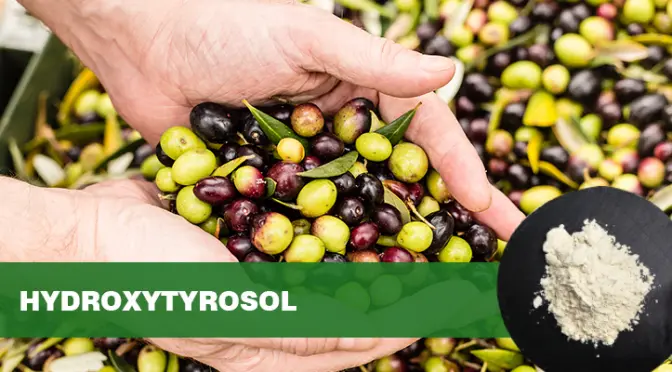
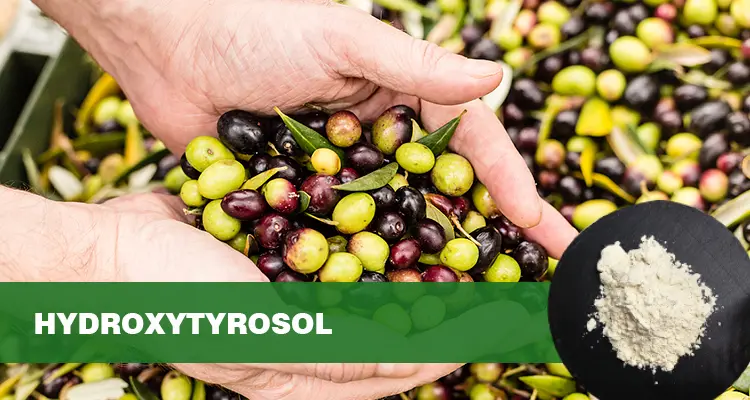
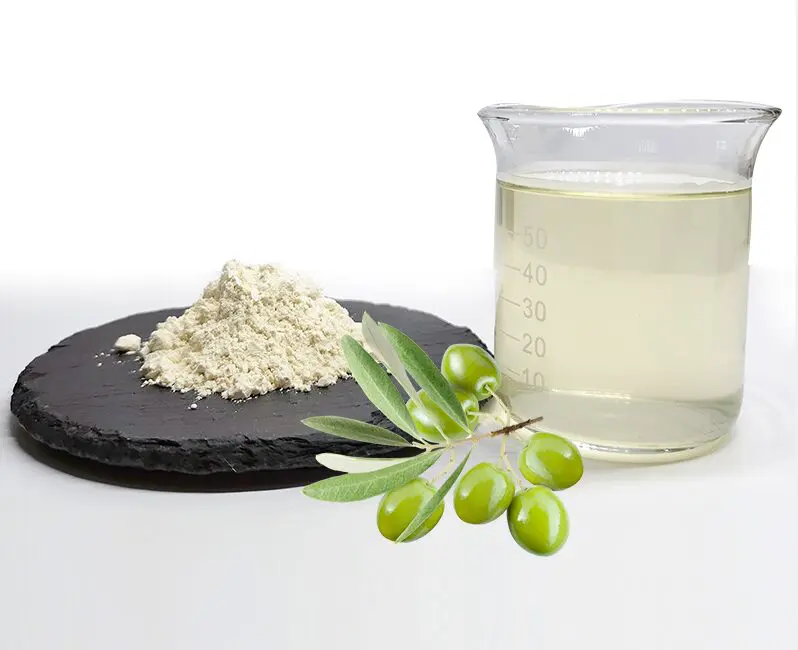
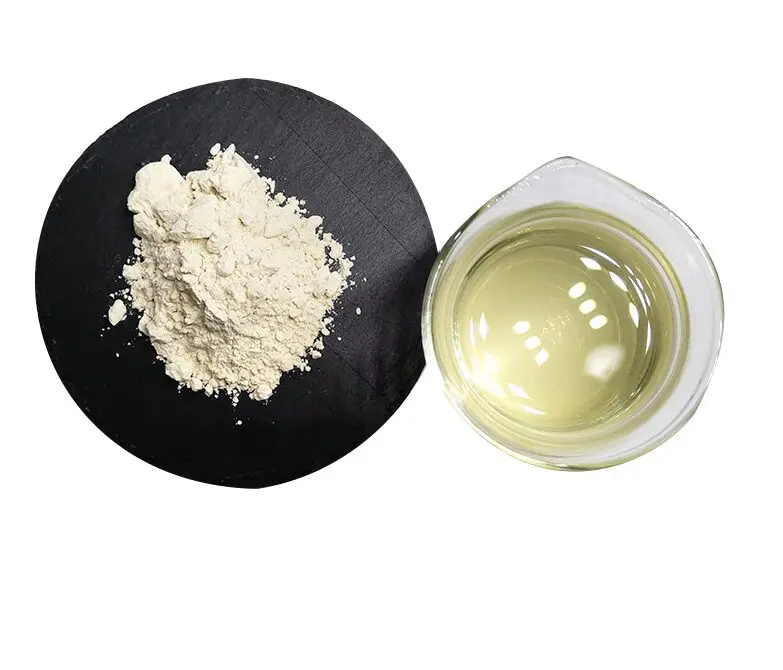
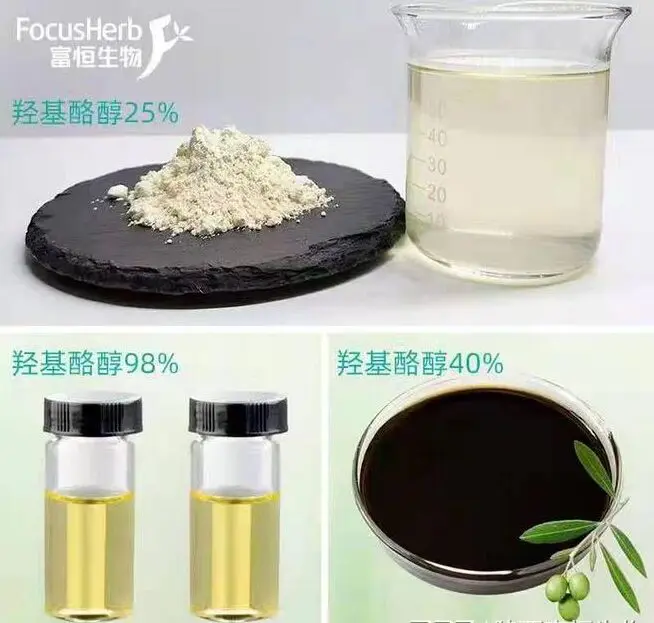
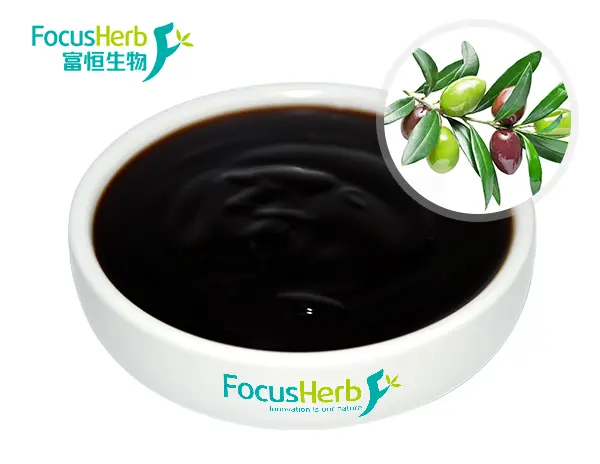
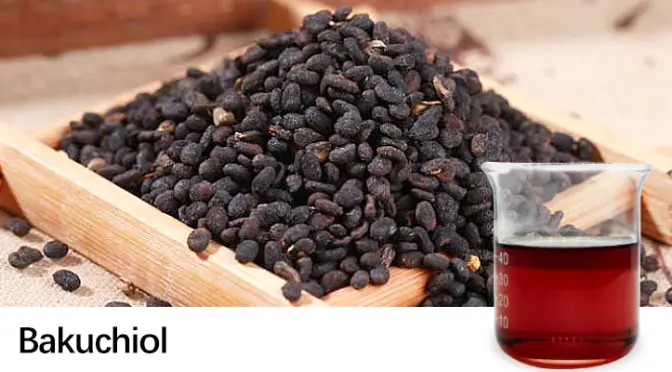
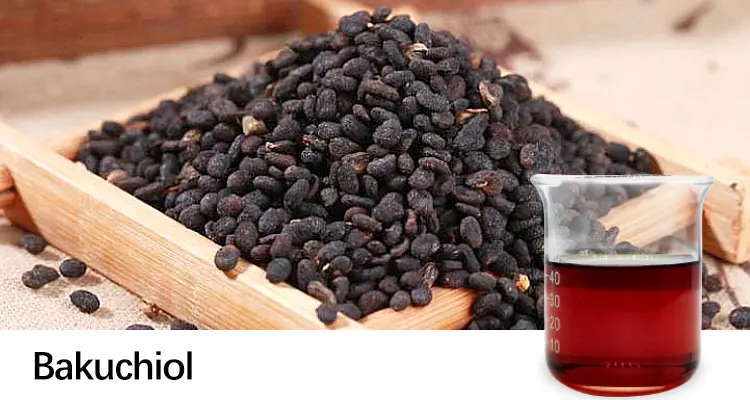
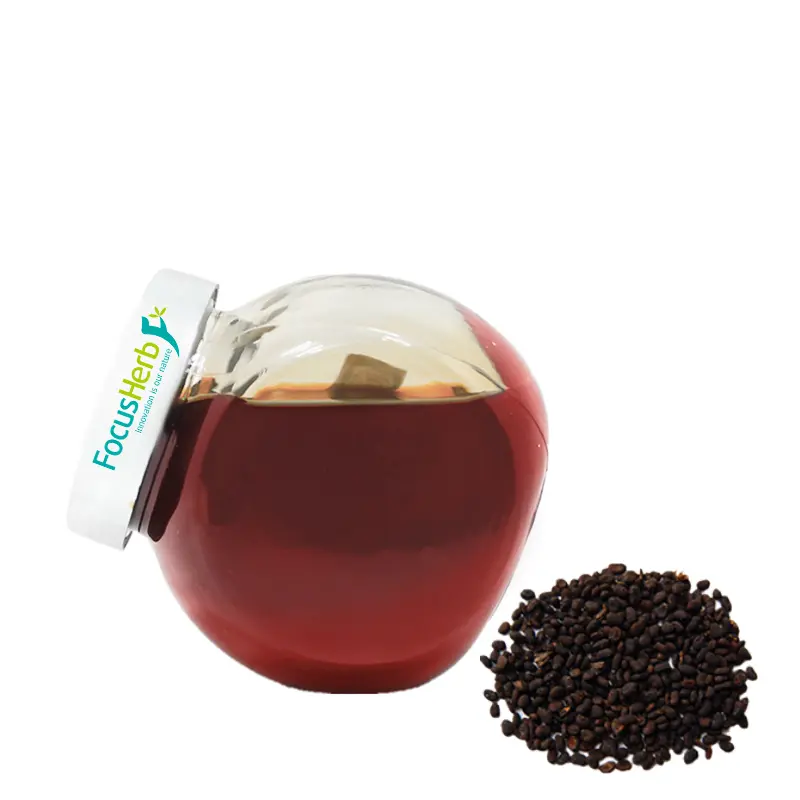
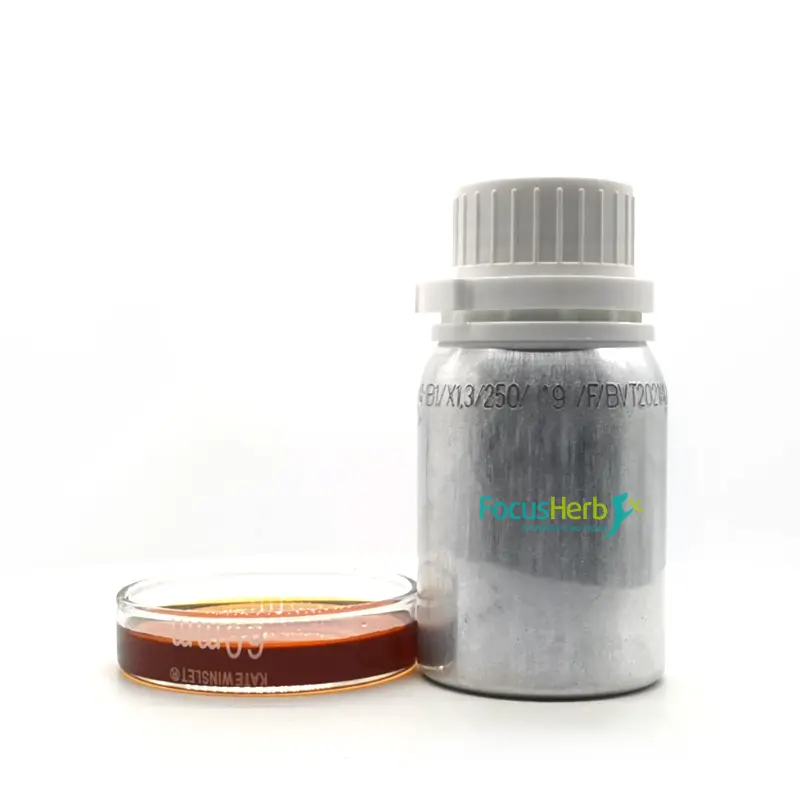 Protecting Elastic Fibers: Restoring Skin’s “Resilience”
Protecting Elastic Fibers: Restoring Skin’s “Resilience”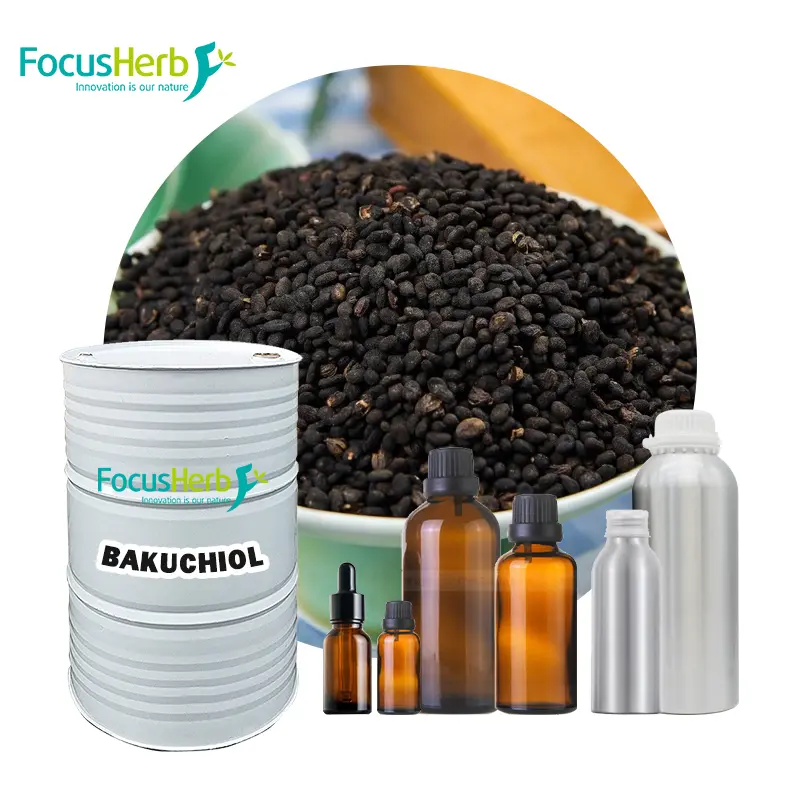
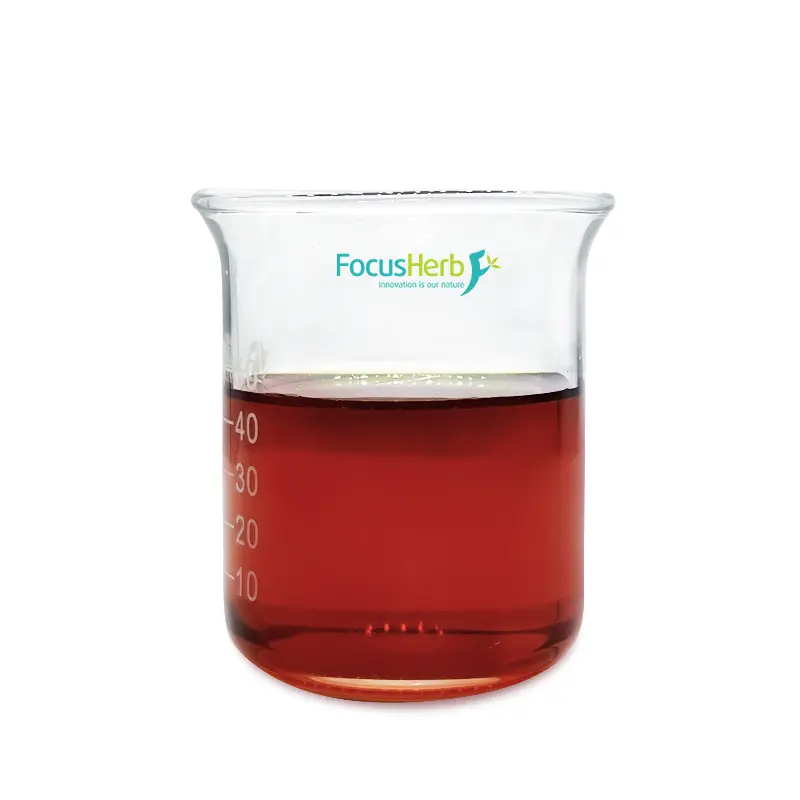 Redefining Collagen-Protecting Anti-Aging
Redefining Collagen-Protecting Anti-Aging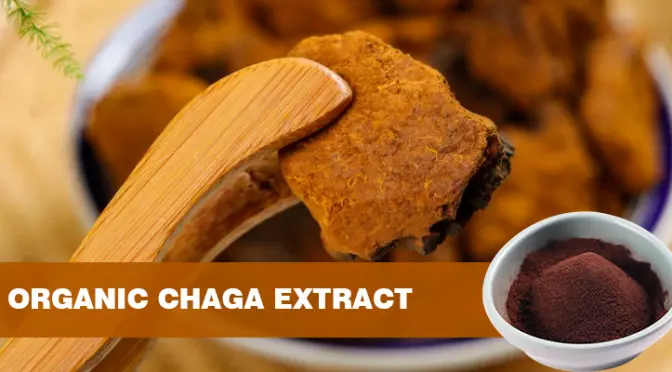
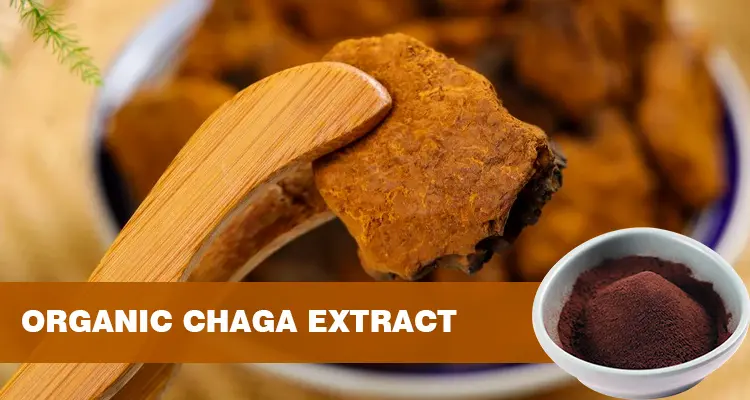 Building the Material Basis for Immune Regulation
Building the Material Basis for Immune Regulation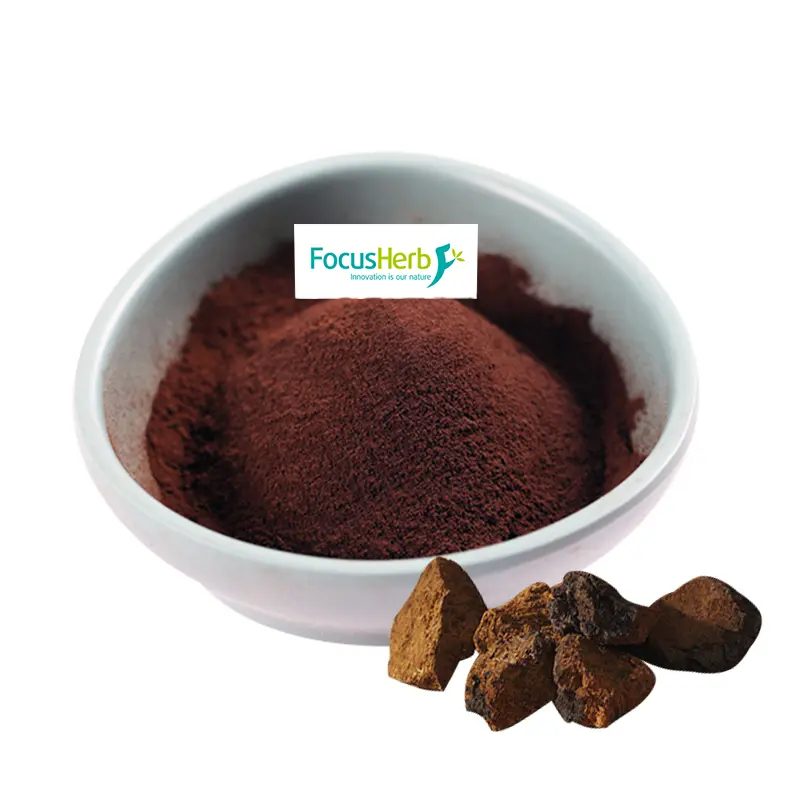
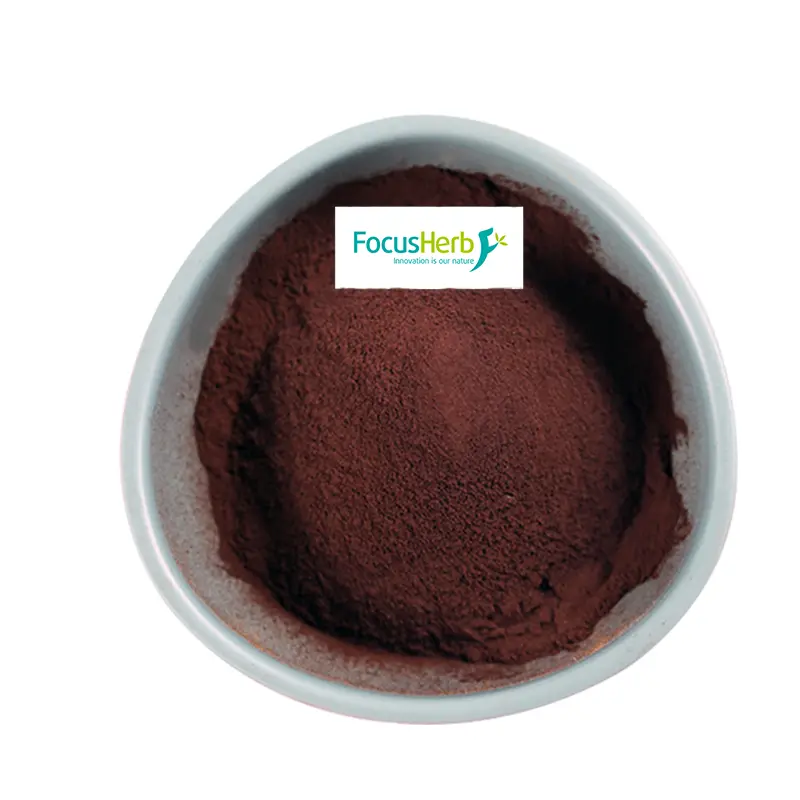
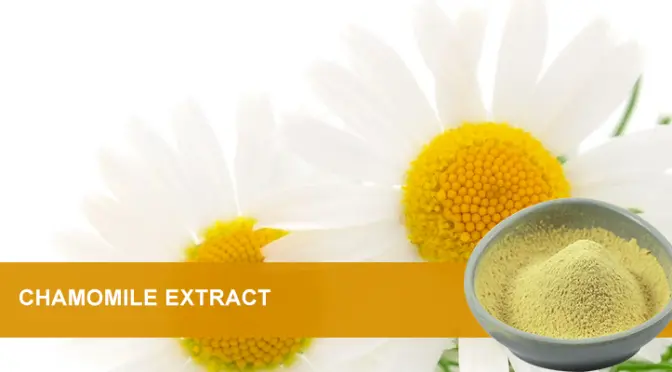
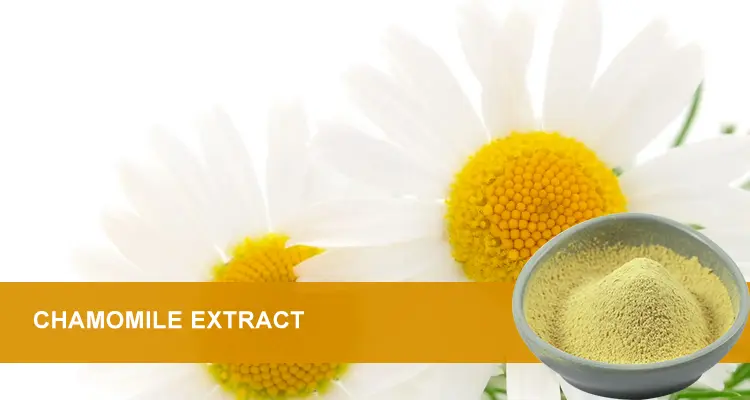 The Core Role of Apigenin in Anti-Aging
The Core Role of Apigenin in Anti-Aging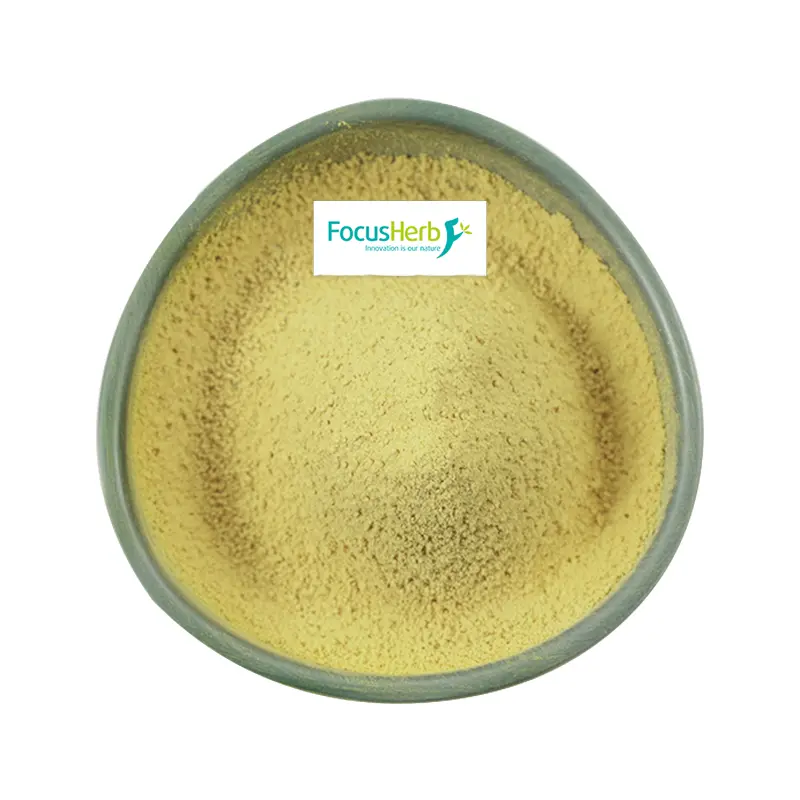
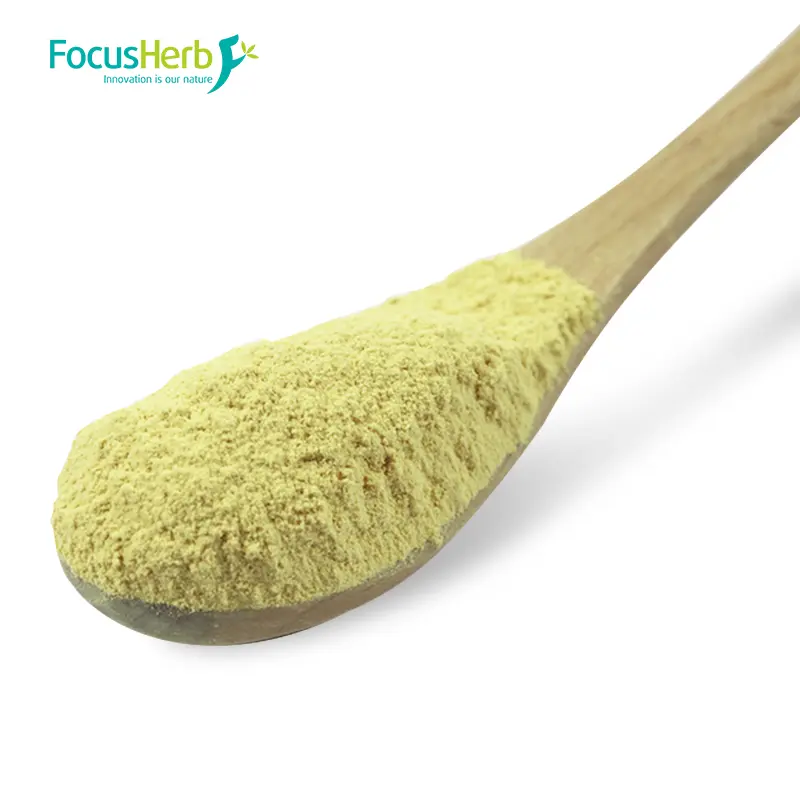
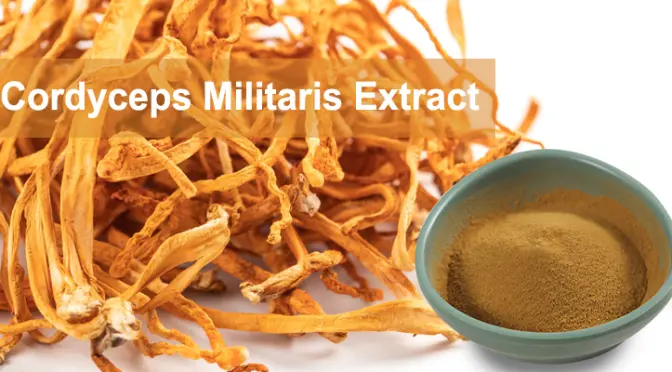
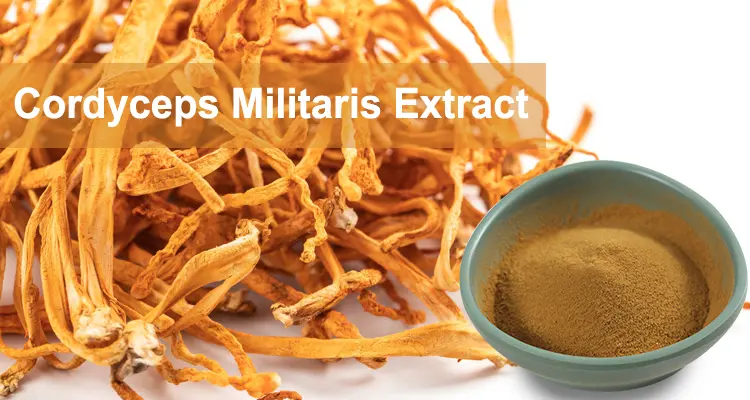
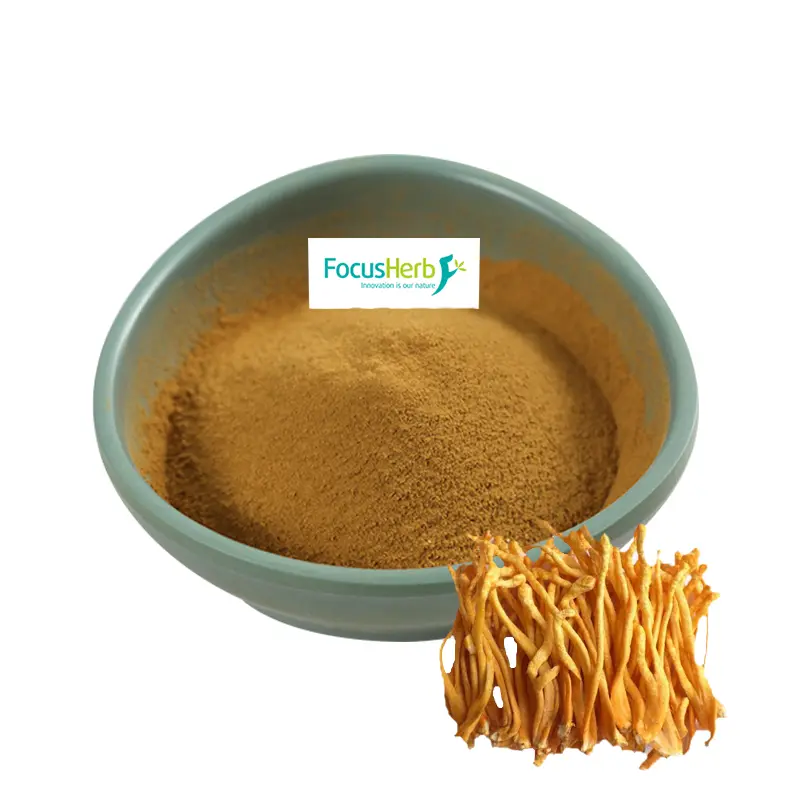
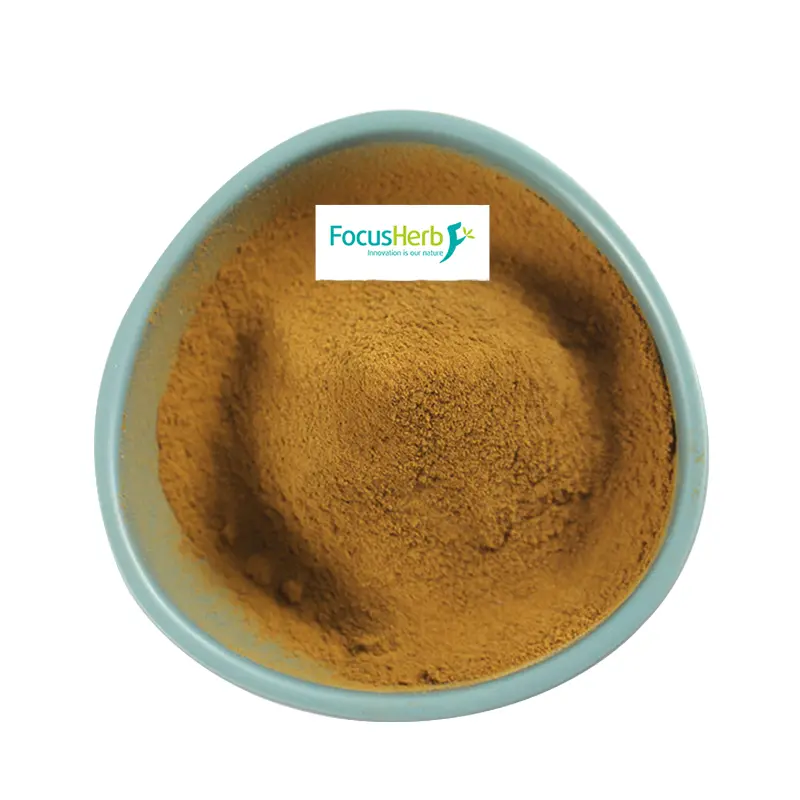
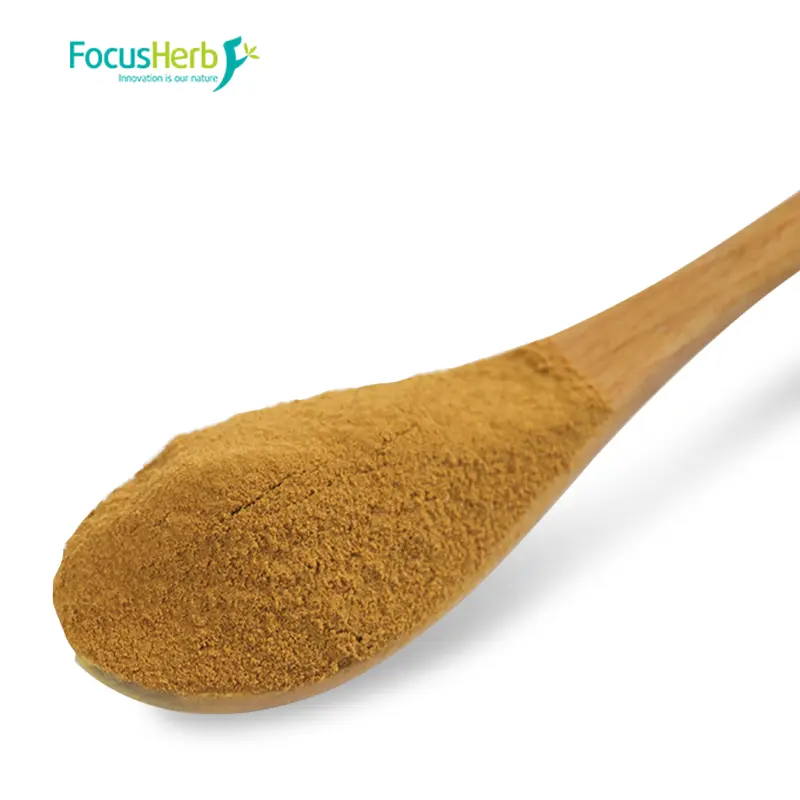
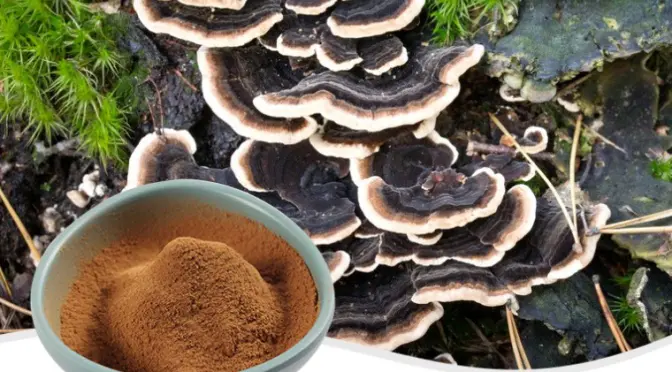
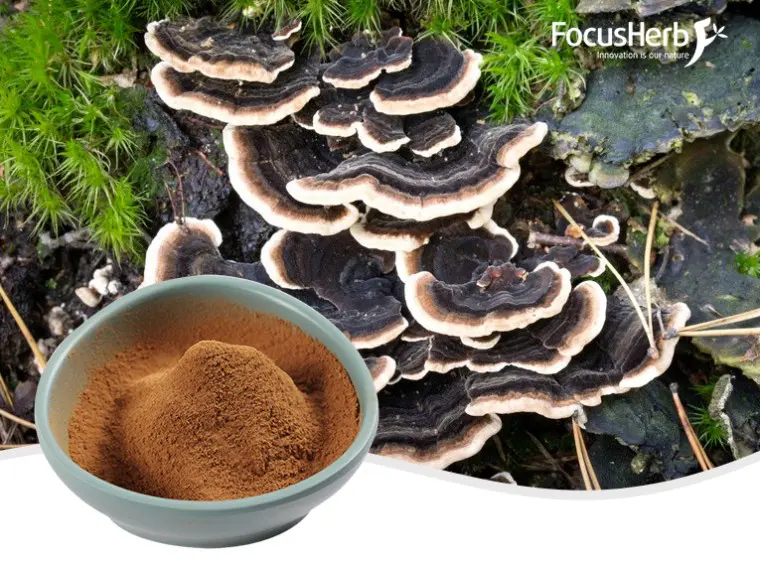
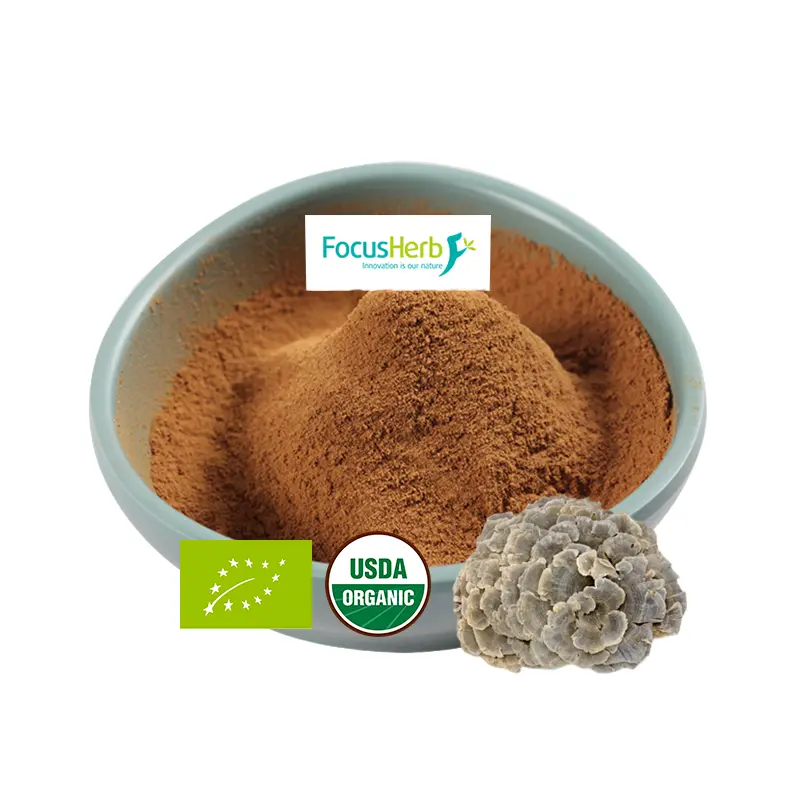 Metabolic Syndrome Regulator: Dual Optimization of Blood Lipids and Blood Sugar
Metabolic Syndrome Regulator: Dual Optimization of Blood Lipids and Blood Sugar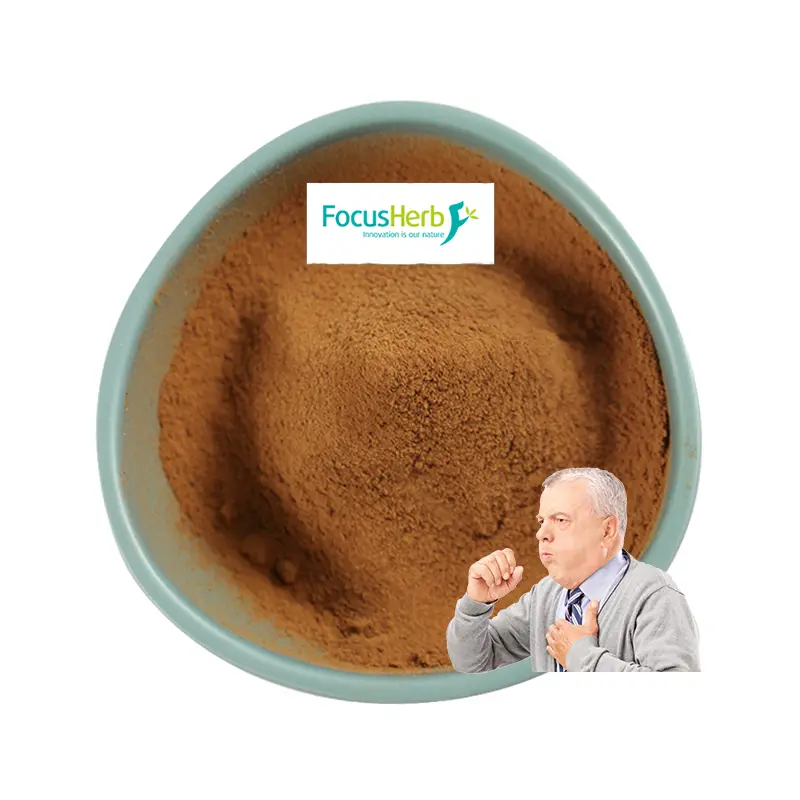 A Reconstructor of the Intestinal Microbiome: The Synergistic Effect of Mucosal Protection and Microbial Balance
A Reconstructor of the Intestinal Microbiome: The Synergistic Effect of Mucosal Protection and Microbial Balance The Precise Health Benefits of Turkey Tail Mushroom Extact
The Precise Health Benefits of Turkey Tail Mushroom Extact